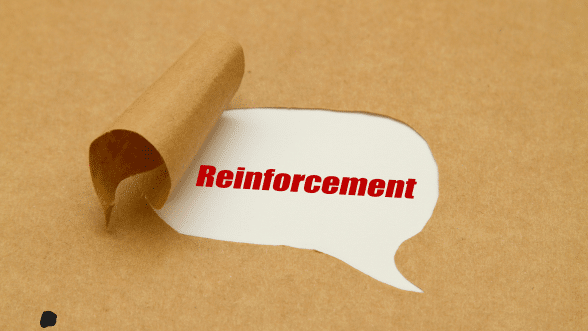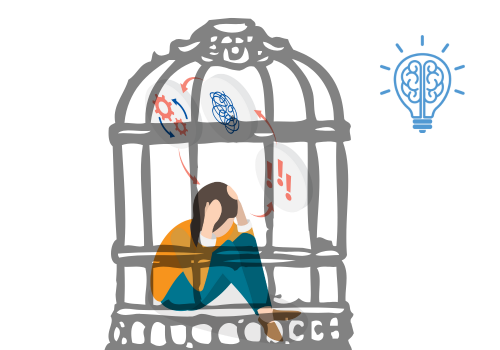What is Positive Reinforcement?
- Positive Reinforcement is a behavioral strategy where desirable behaviors are encouraged by rewarding them with outcomes, such as praise, recognition, or tangible rewards.
- This technique increases the likelihood that the behavior will be repeated in the future.
- Positive reinforcement is widely used in both educational and professional settings to motivate individuals, reinforce good habits, and encourage improvement.
What are some examples of Positive Reinforcement in education and the workplace?
- In Education: Teachers might use it by praising students for completing their homework on time, offering rewards for good behavior.
- In the Workplace: Employers might offer bonuses, public recognition, or additional responsibilities to employees who meet or exceed performance expectations.
- At Home: Parents might use this by giving children extra playtime or treats for completing chores or displaying good manners.
How can coaching help in implementing Positive Reinforcement effectively?
- Coaching can guide individuals in identifying appropriate rewards that align with their goals and values, ensuring that those are both motivating and meaningful.
- For educators, coaching might focus on developing strategies to reinforce positive behaviors in the classroom, such as consistent praise, incentives.
- For managers, coaching can help in creating a positive work environment where employees feel valued and motivated to perform well.
- Through coaching, individuals can learn to use it in a balanced and effective way, leading to improved behaviors, enhanced motivation, and better outcomes.




